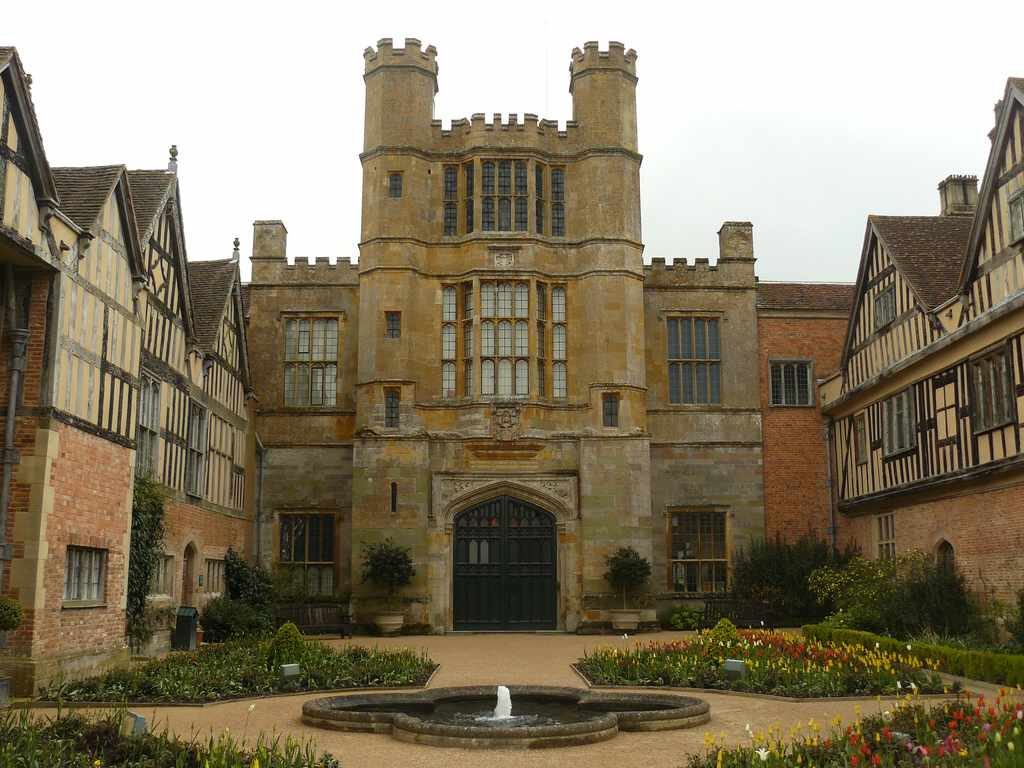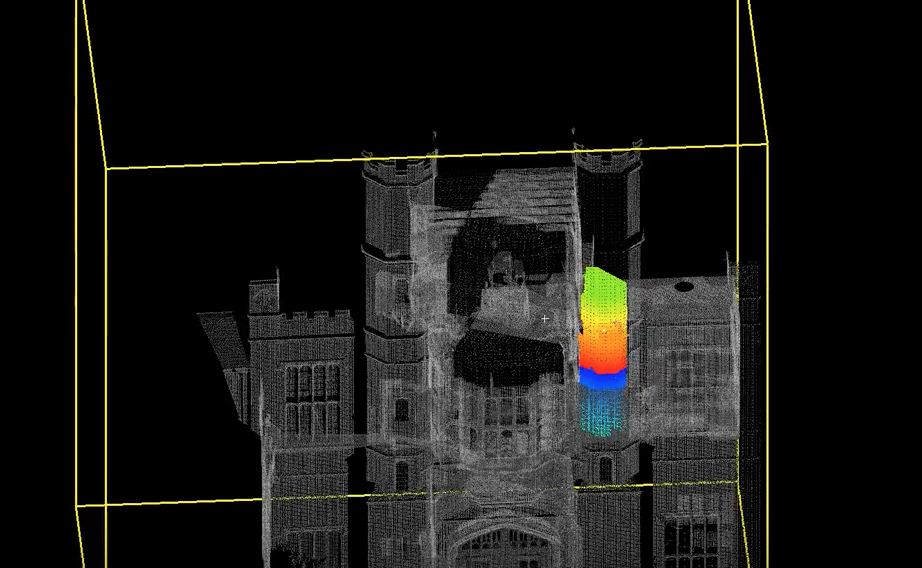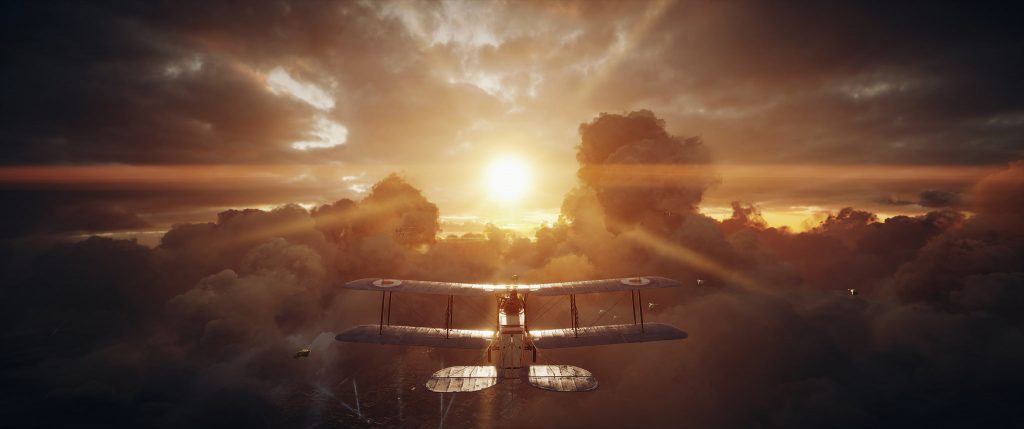LiDAR is the ‘Light Detection and Ranging’ process used by autonomous vehicles to ‘see’ the road and objects around them. It creates digital images by reading the way light bounces off objects. These images can be recorded as point clouds, a series of dots that build up an image (similar to pixels), which can then be converted into more solid 3D models.
The above video shows and immersive exploration of the 3D scan of Coughton Court created by Sean Ince and Lukasz Bonenberg of the University of Nottingham. Video via: Lukasz K Bonenberg on Youtube.
This technology was recently used by the University of Nottingham to create a digital image of Coughton Court – a property protected by UK heritage organization the National Trust – that holds a priestly secret and was involved in the 17th century plot to blow-up London’s Houses of Parliament.

Architecture that tells one of the most infamous stories in British history
Father Henry Garnet was an English Jesuit priest executed for not telling the government he’d heard of Guy Fawkes’ plot to use gunpowder under the House of Lords to kill King James I. On the 5th November, when the Gunpowder Plot was discovered, Father Garnet was hiding out in Coughton Court waiting for the news from London. When he was arrested, it was in another stately home in Worcestershire, but if he had stayed in at Coughton who knows: he may have avoided capture a little longer due to its secret priest hole.

This priest hole was one of the rare features of the historic home uncovered by the University of Nottingham’s Archaeology and Engineering departments, the project gives visitors digital access to a part of the building that is usually kept private.
Global context
Though LiDAR technology has been around since the early 1960s, recent efforts to improve the system unlock more than just 17th century secrets. Massachusetts Institute of Technology (MIT) research has fabricated a way of compacting LiDAR onto a chip – making it more accessible to designers creating objects such as drones that require a lightweight, and affordable alternative to the LiDAR cameras generally seen mounted on tripods. 3DPI took a closer look at the project in August of this year in which MIT uses silicon photonics to fabricate the LiDAR-on-a-chip.
LiDAR was also among the 3D scanning technology used to create the striking visuals in EA’s new Battlefield 1 game.

Featured image shows a scan of Coughton Court in color. Screenshot via: Lukasz K Bonenberg on YouTube.



